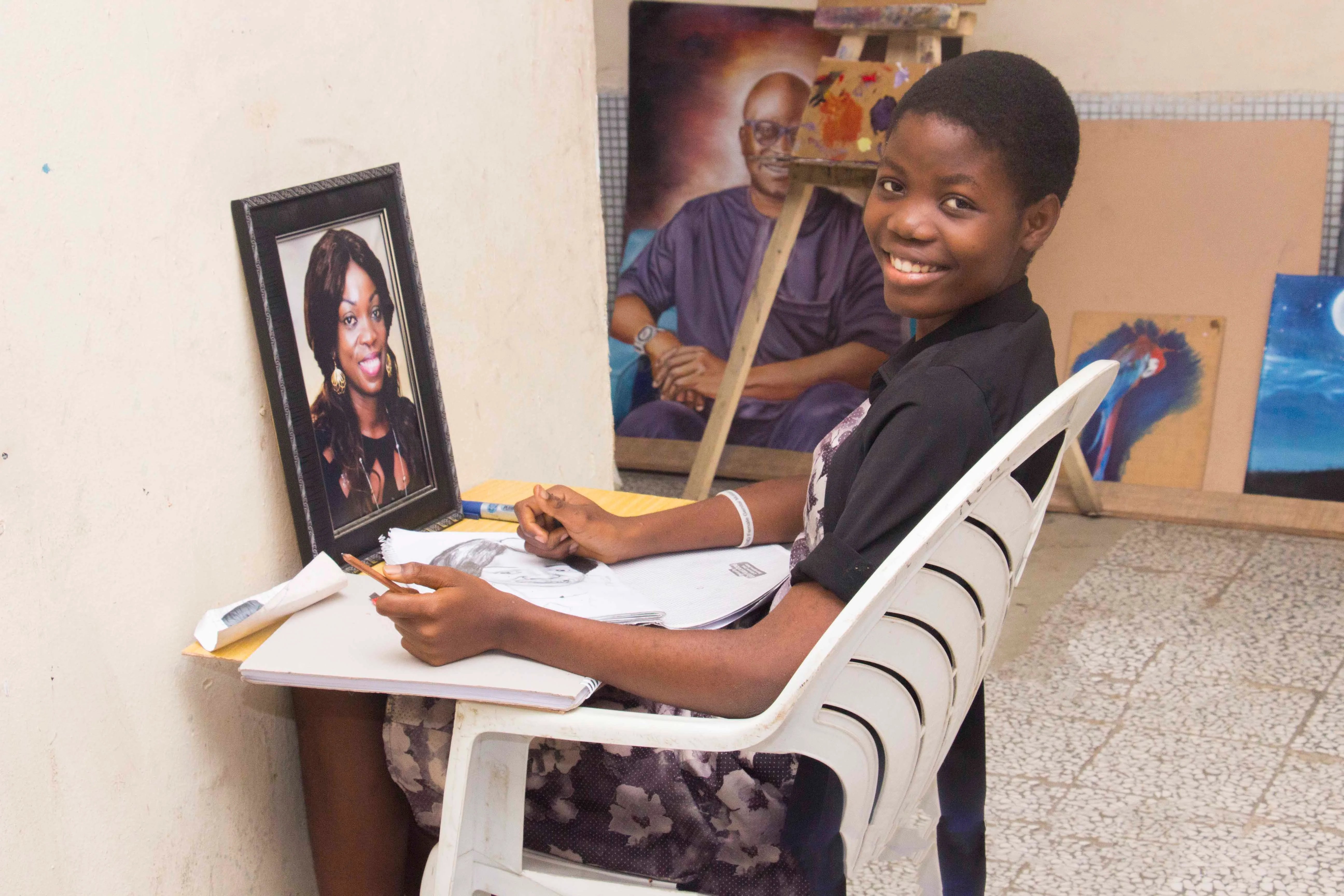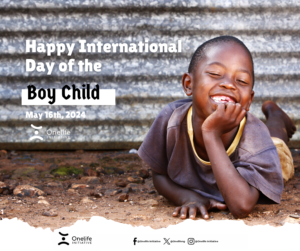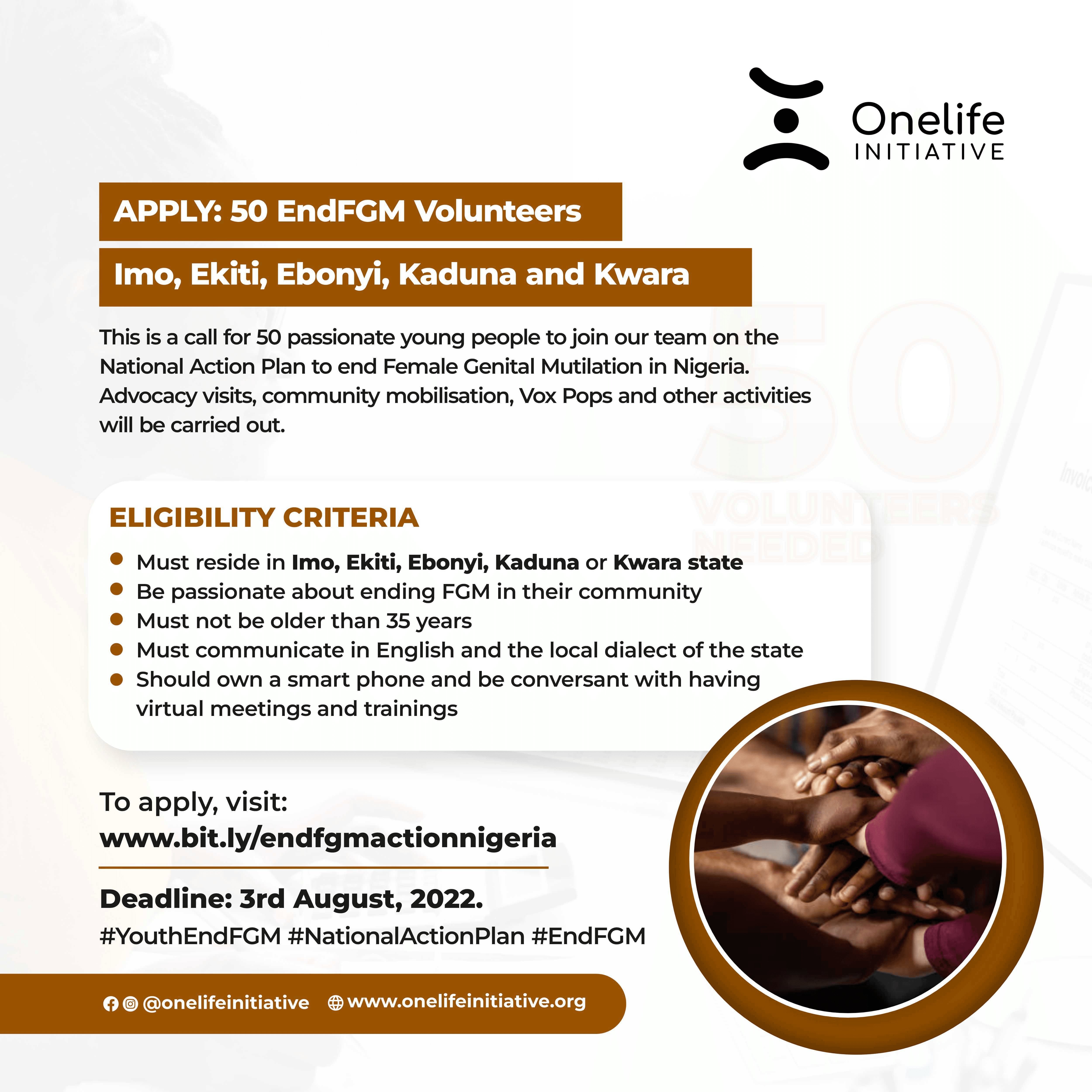Engaging Nigerian Female Adolescents on Female Genital Mutilation
In Nigeria where everything related to sexuality is shrouded in darkness, little is known about sex education. Not much is taught in the classrooms, far too little is heard at home. When it comes to matters around sexuality, many teenagers learn from the internet or friends. This also applies to Female Genital Mutilation. It is not surprising when Elizabeth, a fourteen-year-old girl said that she saw the words for the first time early 2017 on a poster. It contained information asking young people to participate in a poster art competition.
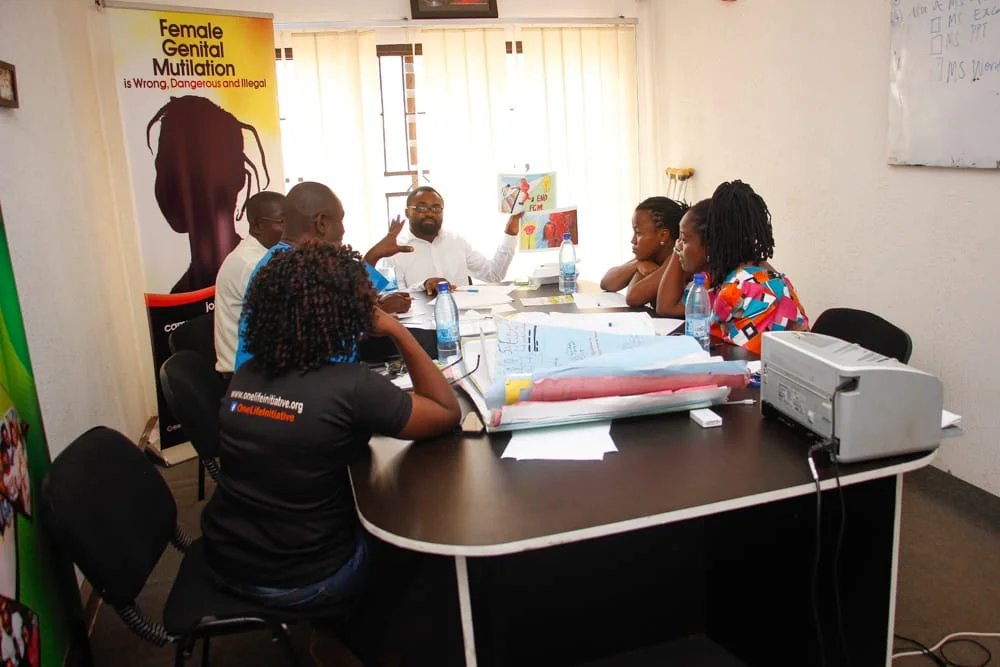
She wanted to know more about the three familiar words that looked strange together. She knew what it was to be “female”; she is female. She had an idea of what “mutilation” meant. She also knew what “genitals” meant. However, she had not heard the three words used together before. Her first point of call was a dictionary. She did not find the words written together. However, the individual meanings of each word gave her an idea of what FGM meant: the forceful removal of female genitals.
After this, she approached one of her teachers who went online. Together, they researched the FGM and learnt more about it. That it has several effects on a woman’s physical, sexual, psychological and emotional well-being. That some girls bleed to death after the act; that some others are exposed to HIV and other diseases when the same blade is used for many girls. That it could lead to infertility in some cases. That there are four types of FGM, each with different levels of mutilation. She learnt that it happens across several ethnic groups in Nigeria and that her state, Oyo, has one of the high occurrences of FGM.
She needed to know one thing: was she circumcised? She did not know female genitals, cut or uncut, look like. The only person with the answer to her question was her mother. On her way from school, her feet moved faster. She turned the question around in her mind in several ways. She decided on the best way to ask, in her native Yoruba. After getting home and getting rid of her school uniform, before she set out to eat her food, she asked her mother if she was circumcised.
“No,” her mother responded but that was after she asked her where and how she learnt about FGM. Elizabeth explained to her. The fifth of five girls, she was the only one that escaped the cut of the blade. Her mother told her that at the time she was born, she was already informed of the negative effects of FGM and did not see the need for it. Elizabeth was just fortunate, to have been born at a time when her mother was already informed of the issue.
The next day, it was an enlightened Elizabeth that created her impression of the effects of FGM on the canvass. Her poster was one of top 10 drawn from over 2, 000 entries from across five states of the federation. The art competition drew entries from students in the arts, sciences and commercial classes. For once, an issue united students who are usually separated. It was also an opportunity to see how students so young were capable of interpreting abstract realities such as pain, depression, marital disputes and several attendant effects of FGM on the woman, her family and the society at large.
Adetunji, one of the winners, also said that she consulted her friends and neighbours about FGM. She noticed that many were shy to talk about it. It was her mother who eventually explained the reason behind the shyness. It is this shyness that makes many of the survivors voiceless, with many of them living through emotional trauma too heavy for words to speak. This silence which is manifest throughout their lives was reflected through Adetunji’s representation of the negative effects of FGM through her drawing.
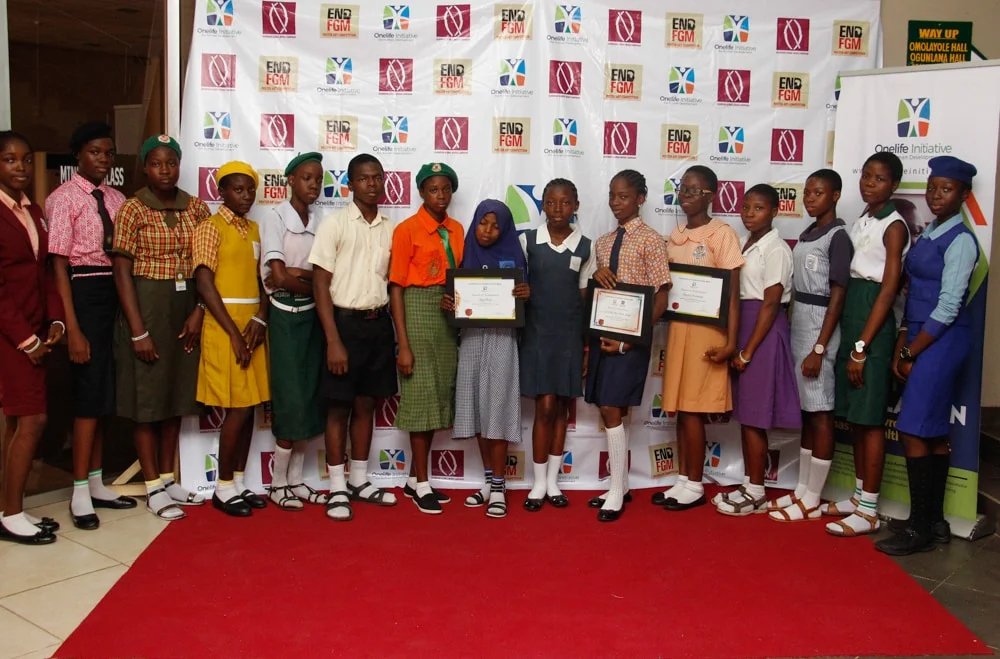
The art competition was an avenue for young girls to break the silence between mother and daughter on sexual health issues. In Nigeria where sexuality is covered in shrouds of myths and half-truths, this is a step in the right direction. It was a way of breaking a silence that has been passed from generation to generation. After the award-winning ceremony, many of them returned, not only with more information on FGM but with souvenirs like wristbands and jotters. Glory, one of the students says that she has used her wristband as a conversation starter.
“What is that written on your band? What does it mean?” Some of her friends would ask.
The student of St Louis Grammar School, Ibadan would then go on to tell them that it is not just an acronym, that it means more. She has transformed from being just a participant in an art competition to a self-motivated ambassador pushing for the end of FGM. Since FGM is most likely to take place in Nigeria during childhood, many girls are cut as infants. According to the National Health Demographics Survey 2013, 16% of girls aged 0 to 14 undergo FGM before their first birthday and most women (82%) aged 15 to 49 who have had FGM say that they were cut before the age of five. As such through young girls like Glory, Adetunji and Elizabeth more young women will become knowledgeable of what FGM truly is and would be able to stand against it when they become mothers of girls themselves. Thus bringing an end to its demand. Engaging young people on FGM and sexual health matters is crucial to bringing an end to FGM in Nigeria. This is because it is information that they get today that will inform the actions they will take tomorrow. These will be the connection between the present and the future unknown. They are the ones who will educate their own mothers and the traditional cutters on how unnecessary FGM is. And hopefully, one person at a time, more Nigerians will begin to understand that FGM does no good but only harm, not only to the girl that was cut but to her family and the society at large.

